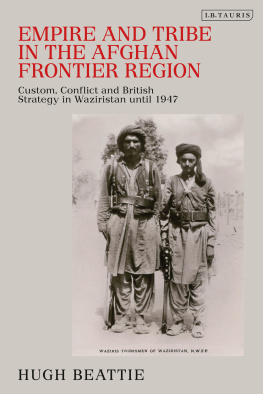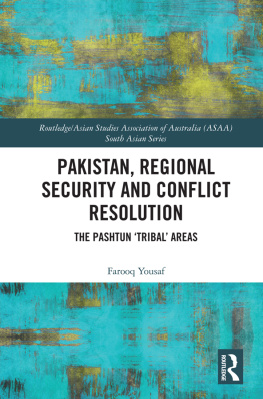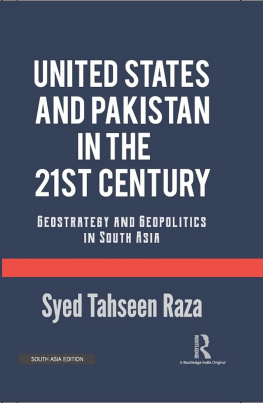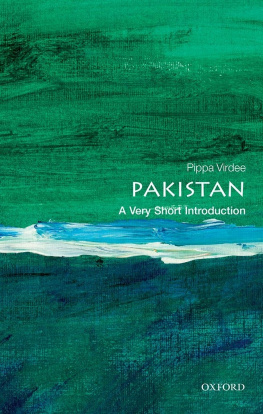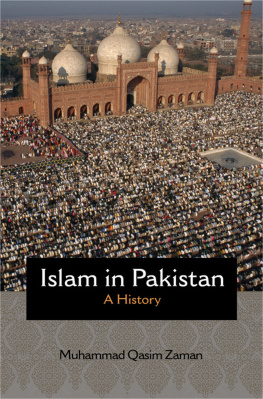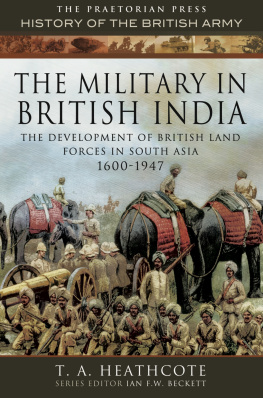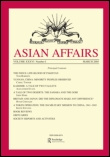Empire and Tribe in the Afghan Frontier Region
Empire and Tribe in the Afghan Frontier Region
Custom, Conflict and British Strategy in Waziristan until 1947
Hugh Beattie

Contents
Map
Waziristan in relation to western Pakistan and eastern Afghanistan (c.1935) |
Central and South Waziristan (c.1935) |
North Waziristan (c.1935) |
Figures
Houses at Kot Handgar (Langar) Khel village, Waziristan, 1930. Their defensive towers are clearly visible. Holmes, Randolph Bezzant (18881973). Credit: British Library, London UK@British Library Board. All Rights Reserved/Bridgeman Images. |
Tractor and six-inch howitzer near Razmak, Waziristan, Pakistan, dated 1890 but in fact probably early 1920s. Photo by Mela Ram/Royal Geographical society/Getty Images. |
The burning of Makin from air and land Waziristan, Pakistan, dated 1890 but in fact probably early 1920s. Photo by Mela Ram/Royal Geographical society/Getty Images. |
Daily convoys for Razmak, showing a long camel train proceeding through the snow to Razmak. Holmes, Randolph Bezzant (18881973). Credit: British Library, London UK@British Library Board. All Rights Reserved/Bridgeman Images. |
I would like to thank the Open University for allowing me to have the time to undertake research for this book and to write it up. It is also a pleasure to thank the staff at the British Library, Cambridge University Library and South Asian Studies Library for their help with locating official records, private papers, books and photographs. I would also like to thank the editors at I.B. Tauris, Maria Marsh, Thomas Stottor and Sophie Rudland, for their patience and advice, as well as the two anonymous readers for their helpful comments and suggestions. I am most grateful to Louisa Keyworth for preparing the maps and Jennifer Nesbitt for her work on the charts. I am as always indebted to my wife, Claire, for reading and commenting on successive drafts.
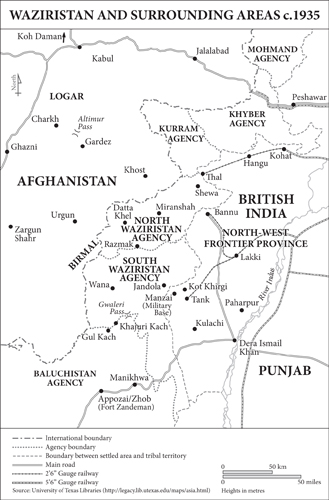
Waziristan in relation to western Pakistan and eastern Afghanistan (c.1935)

Central and South Waziristan (c.1935)
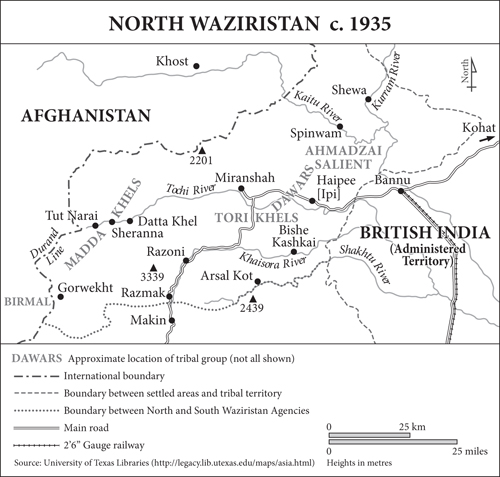
North Waziristan (c.1935)
Waziristan, a mountainous region in western Pakistan, was described by former American president Barak Obama as the most dangerous place in the world; it has endured a number of invasions since the mid-nineteenth century and remains an unsettled borderland. This book explores its history from the early nineteenth century to the present day, and in doing so sheds light on the reasons for its continuing volatility. The principal focus is on the efforts the British made to gain control of it from 1849, when they arrived on its eastern border, until the creation of Pakistan in 1947.
British interest in Waziristan reflected what they took to be its strategic significance. As they saw it, to protect their Indian empire they needed to keep Russia out of Afghanistan, and this meant controlling Waziristan. In 1849 the region was more or less independent. By 1914 a combination of force and bribery had enabled the British to establish a tenuous control of it. This weakened during the First World War and largely broke down in the early summer of 1919, when the outbreak of the third Anglo-Afghan war led to the collapse of the militias the British had set up to help them manage it. In response, at the end of the year a large British force began to fight its way into central Waziristan, and a few years later the British established a large military base at Razmak. During the interwar period they tried to open up Waziristan and extend their control of it by pursuing a policy of what they called peaceful penetration: sending regular troops and irregular scouts to visit as many parts of it as possible, coupled with limited efforts to provide education, health care and economic assistance. This was not very successful either, and it was much more expensive than the previous strategy; a major insurgency broke out in 1936, and the costs of trying to control Waziristan continued to rise. By 1947 raiding from Waziristan into the towns and villages to the east was worse than it had been in 1849.
Why did Britain fail to get a firm grip on it? This book attempts to answer that question. There were several reasons. In the first place financial constraints limited the amount that could be spent both on the use of force and on more peaceful means of winning its people over. Second, there was Waziristans location on the border with Afghanistan. Afghans thought they had a stronger claim to it. Even after the demarcation of the Durand Line in the mid-1890s divided the North-West Frontier into British and Afghan spheres of influence, the Afghan government continued to maintain and develop links with people whose homes were on the British side of the line. Third, the regions mountainous topography made it difficult to access. The culture of its tribal inhabitants, who greatly valued their independence and their individual autonomy and were reluctant to submit to any authority, whether internal or external, was also very important. In addition to exploring these issues, the book examines the roles played by poverty and religion in the encounter, including the importance of suicidal violence, looks at some British and North-West Frontier understandings of violence, and draws some comparisons between aspects of British and French colonial strategy. In shedding light on Britains experience of Waziristan, this book engages with some significant aspects of British imperial history. It also contributes to our understanding of subsequent developments along this frontier, because, although much has of course changed since 1947, there are some significant continuities.
Earlier scholarly discussions of Waziristans recent history consisted of chapters in books dealing with the British period on the North-West Frontier as a whole, and they tended to concentrate on shifting British policy and on the military encounters. Examples include William Bartons Indias North-West Frontier (1939, London), Sir Olaf Caroes The Pathans 550 BC.-A.D. (1957, Oxford), Colin Daviess The Problem of the North-West Frontier 1890-1908 (1932, Cambridge), Major-General James Elliotts The Frontier 1839-1947: The Story of the North-West Frontier of India (1968, London), and James Spains The Pathan Borderland (1963, The Hague). Frontier Legion: With the Khassadars of North Waziristan (Ferring, 2003), written in 1950, by Frank Leeson, describes his experiences as a tribal police officer in northern Waziristan in 19467.
Brian Robsons Crisis on the Frontier: The Third Afghan War and the Campaign in Waziristan 1919-20 (2004, Staplehurst) is a more recent study that also focuses on military history. Books that deal specifically with Waziristan include Alan Warrens The Faqir of Ipi and the Indian Army (2000, Karachi) and Andrew Roes Waging War in Waziristan (2010, Lawrence, Kansas); Warrens study in particular contains much original research. Other recent work that has some discussion of Waziristan includes David Omissis Air Power and Colonial Control: The Royal Air Force 1919-1939 (1990, Manchester).

